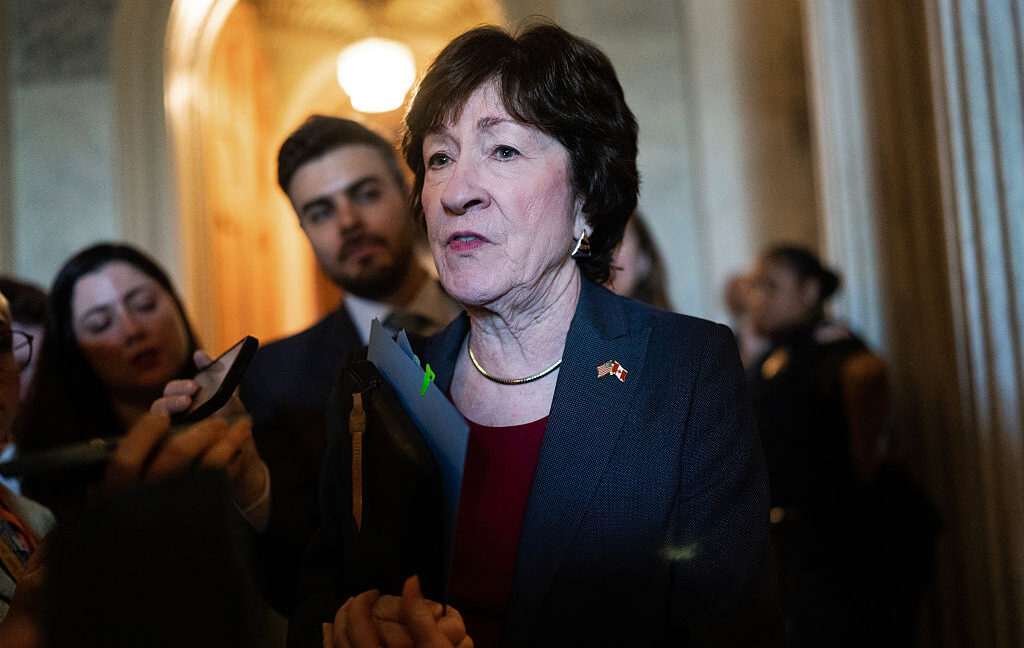Repealing transgender rights is among the few promises Trump kept in his first 100 days
During his campaign, President Trump made a lot of promises about what he would do during a second term. One of those promises was to roll back the civil and social rights of transgender people. And in his first 100 days in office, Trump has been delivering on expelling transgender rights from the U.S., unlike with other promises like improving the economy. Starting from his first day in office, Trump has attacked the trans community from all angles—in rhetoric and in policy. He has removed workplace protections for trans people and disallowed gender-affirming medical care. In just a few months, here’s what Trump has done to turn back the clock for the trans community and transgender rights. An executive order to recognize only two genders On Trump’s first day, he signed a flurry of executive orders. Among them was an order declaring that the U.S. government will now only recognize a person’s gender assigned at birth. It also set forth that the U.S. would recognize only two genders, male and female. The order states: “‘Gender ideology’ replaces the biological category of sex with an ever-shifting concept of self-assessed gender identity, permitting the false claim that males can identify as and thus become women and vice versa, and requiring all institutions of society to regard this false claim as true.” The executive order meant that the U.S. would not recognize transgender, nonbinary, or intersex people, or even the idea that gender can be fluid. With the order, the State Department has ceased to issue passports with an “X” in the gender category, forcing trans individuals to return to using a gender category that doesn’t align with their identity. Banning trans Americans from military service Trump banned transgender Americans from serving openly in the military, rolling back Biden-era protections. The move didn’t come as a surprise, given that Trump had spoken frequently about the plan during his campaign. “If you want to have a sex change or a social justice seminar, then you can do it somewhere else, but you’re not going to do it in the Army, Navy, Coast Guard, Air Force, Space Force, or the United States Marines—sorry,” Trump said at a preelection rally. An estimated 15,000 transgender individuals are currently serving in the U.S. military. Lawsuits against Trump’s order have already been filed by transgender active-duty members of the military, as well as those attempting to join. Last week, Trump asked the Supreme Court to allow the enforcement of a ban on transgender people in the military as those legal challenges continue. Gutting DEI and allowing for workplace discrimination The Trump administration quickly gutted DEI (diversity, equity, and inclusion) policies from federal organizations. The move is likely to hit the transgender community hard, as hiring discrimination is rampant for the group. But the administration also made specific moves to target trans individuals in the workplace. On January 29, the Office of Personnel Management sent a memo to federal organizations explaining that agency heads should place any workers whose jobs entail “promoting gender ideology” on leave. It called for the closing of all programs that support the concept that gender exists on a spectrum. It also banned all workers from using pronouns in email signatures, and media that may “inculcate or promote gender ideology.” Banning gender-affirming medical care In a January 28 executive order, Trump banned gender-affirming medical care for individuals under the age of 19. “It is the policy of the United States that it will not fund, sponsor, promote, assist, or support the so-called ‘transition’ of a child from one sex to another, and it will rigorously enforce all laws that prohibit or limit these destructive and life-altering procedures,” the order says. Not only did the order attack trans children, but it also targeted care providers, asserting that federal funds would be restricted from doctors who provide gender-affirming care. A federal judge temporarily blocked the enforcement of the order aiming to shut down access to gender-affirming care. Banning trans individuals from using their preferred bathrooms Trump’s January 29 order also attacked transgender individuals using the bathroom that aligns with their gender identity. It directed agencies to designate bathrooms “by biological sex and not gender identity.” In an interview with Time magazine, which named Trump 2024’s Person of the Year, the then-president-elect said, “I don’t want to get into the bathroom issue. Because it’s a very small number of people we’re talking about, and it’s ripped apart our country, so they’ll have to settle whatever the law finally agrees.”
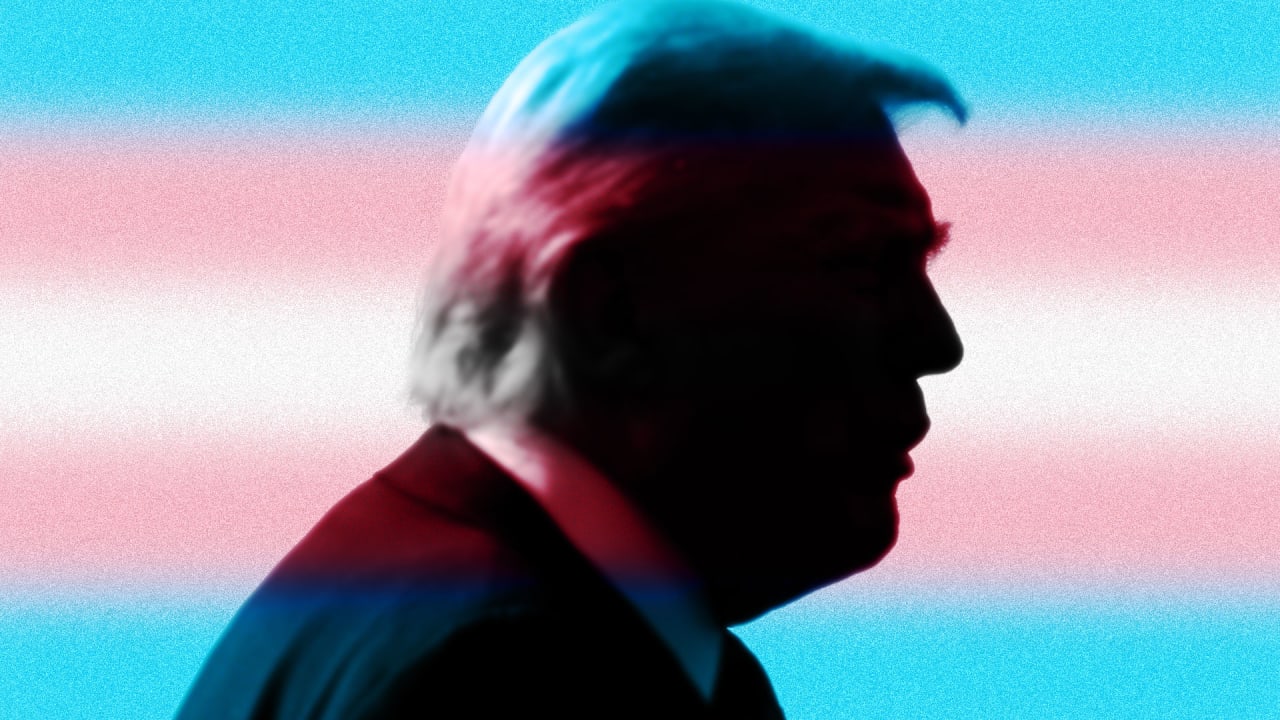
During his campaign, President Trump made a lot of promises about what he would do during a second term. One of those promises was to roll back the civil and social rights of transgender people.
And in his first 100 days in office, Trump has been delivering on expelling transgender rights from the U.S., unlike with other promises like improving the economy. Starting from his first day in office, Trump has attacked the trans community from all angles—in rhetoric and in policy. He has removed workplace protections for trans people and disallowed gender-affirming medical care.
In just a few months, here’s what Trump has done to turn back the clock for the trans community and transgender rights.
An executive order to recognize only two genders
On Trump’s first day, he signed a flurry of executive orders. Among them was an order declaring that the U.S. government will now only recognize a person’s gender assigned at birth. It also set forth that the U.S. would recognize only two genders, male and female.
The order states: “‘Gender ideology’ replaces the biological category of sex with an ever-shifting concept of self-assessed gender identity, permitting the false claim that males can identify as and thus become women and vice versa, and requiring all institutions of society to regard this false claim as true.”
The executive order meant that the U.S. would not recognize transgender, nonbinary, or intersex people, or even the idea that gender can be fluid. With the order, the State Department has ceased to issue passports with an “X” in the gender category, forcing trans individuals to return to using a gender category that doesn’t align with their identity.
Banning trans Americans from military service
Trump banned transgender Americans from serving openly in the military, rolling back Biden-era protections. The move didn’t come as a surprise, given that Trump had spoken frequently about the plan during his campaign.
“If you want to have a sex change or a social justice seminar, then you can do it somewhere else, but you’re not going to do it in the Army, Navy, Coast Guard, Air Force, Space Force, or the United States Marines—sorry,” Trump said at a preelection rally.
An estimated 15,000 transgender individuals are currently serving in the U.S. military. Lawsuits against Trump’s order have already been filed by transgender active-duty members of the military, as well as those attempting to join.
Last week, Trump asked the Supreme Court to allow the enforcement of a ban on transgender people in the military as those legal challenges continue.
Gutting DEI and allowing for workplace discrimination
The Trump administration quickly gutted DEI (diversity, equity, and inclusion) policies from federal organizations. The move is likely to hit the transgender community hard, as hiring discrimination is rampant for the group.
But the administration also made specific moves to target trans individuals in the workplace.
On January 29, the Office of Personnel Management sent a memo to federal organizations explaining that agency heads should place any workers whose jobs entail “promoting gender ideology” on leave. It called for the closing of all programs that support the concept that gender exists on a spectrum. It also banned all workers from using pronouns in email signatures, and media that may “inculcate or promote gender ideology.”
Banning gender-affirming medical care
In a January 28 executive order, Trump banned gender-affirming medical care for individuals under the age of 19.
“It is the policy of the United States that it will not fund, sponsor, promote, assist, or support the so-called ‘transition’ of a child from one sex to another, and it will rigorously enforce all laws that prohibit or limit these destructive and life-altering procedures,” the order says.
Not only did the order attack trans children, but it also targeted care providers, asserting that federal funds would be restricted from doctors who provide gender-affirming care.
A federal judge temporarily blocked the enforcement of the order aiming to shut down access to gender-affirming care.
Banning trans individuals from using their preferred bathrooms
Trump’s January 29 order also attacked transgender individuals using the bathroom that aligns with their gender identity. It directed agencies to designate bathrooms “by biological sex and not gender identity.”
In an interview with Time magazine, which named Trump 2024’s Person of the Year, the then-president-elect said, “I don’t want to get into the bathroom issue. Because it’s a very small number of people we’re talking about, and it’s ripped apart our country, so they’ll have to settle whatever the law finally agrees.”
























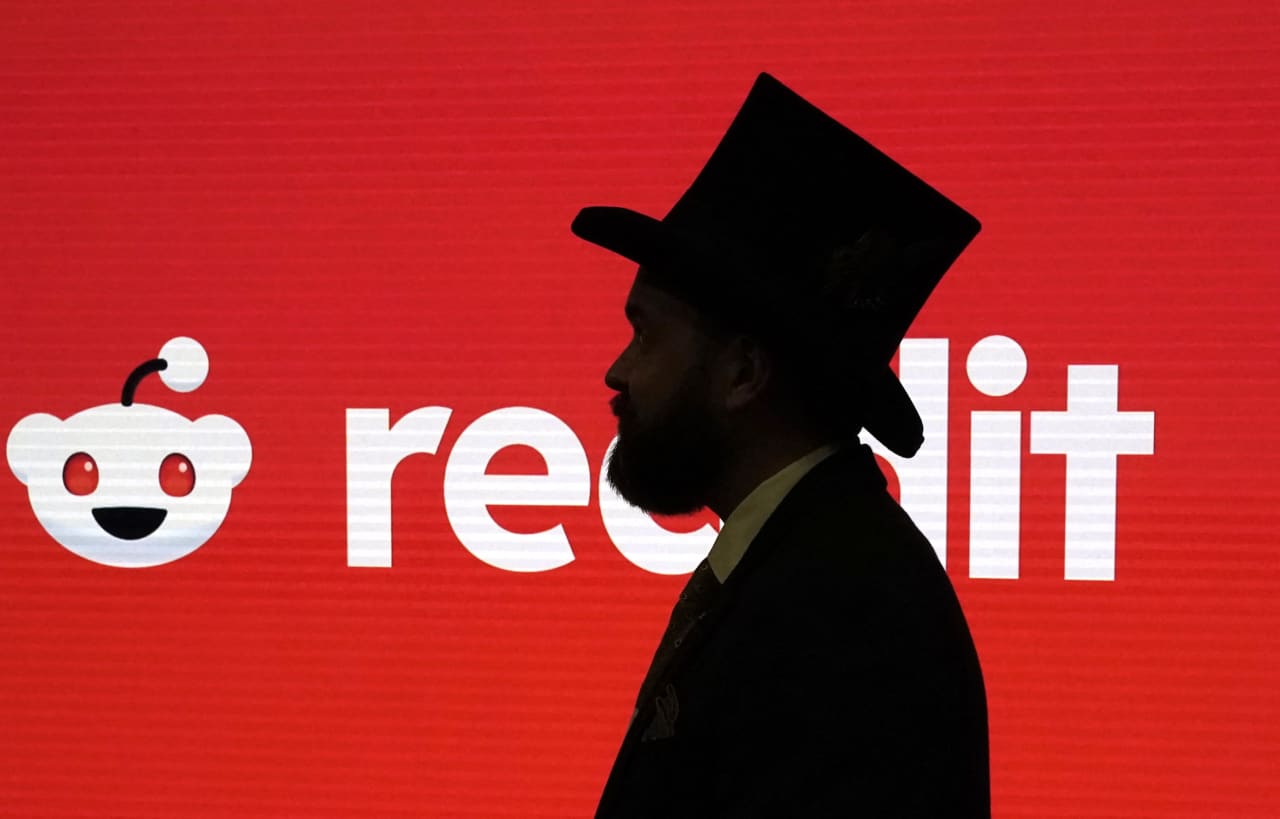






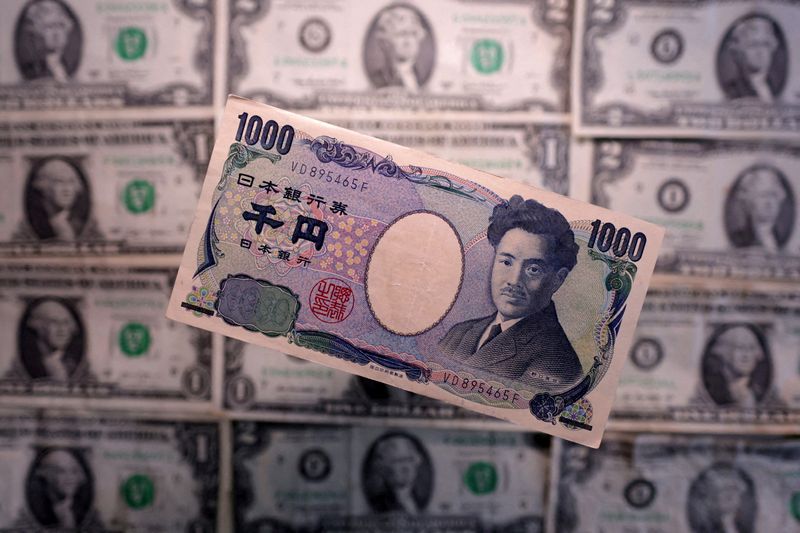


















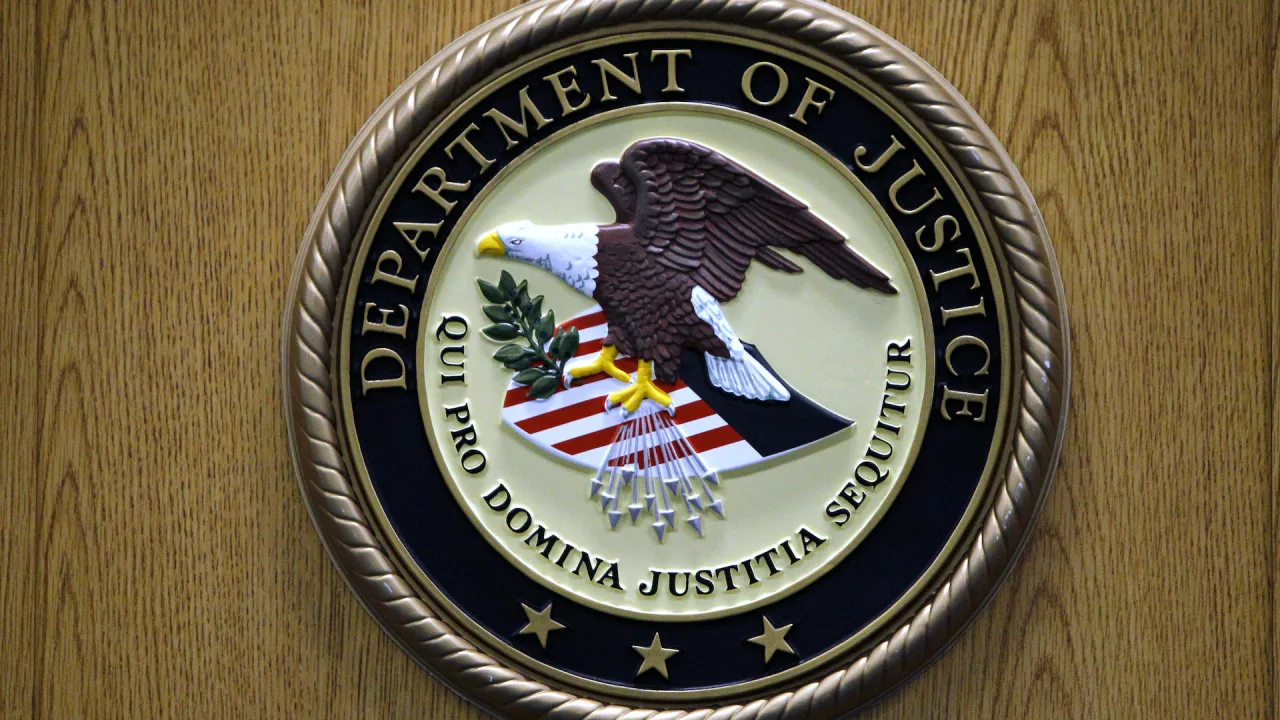






















































































































_courtesy_VERTICAL.jpg)










